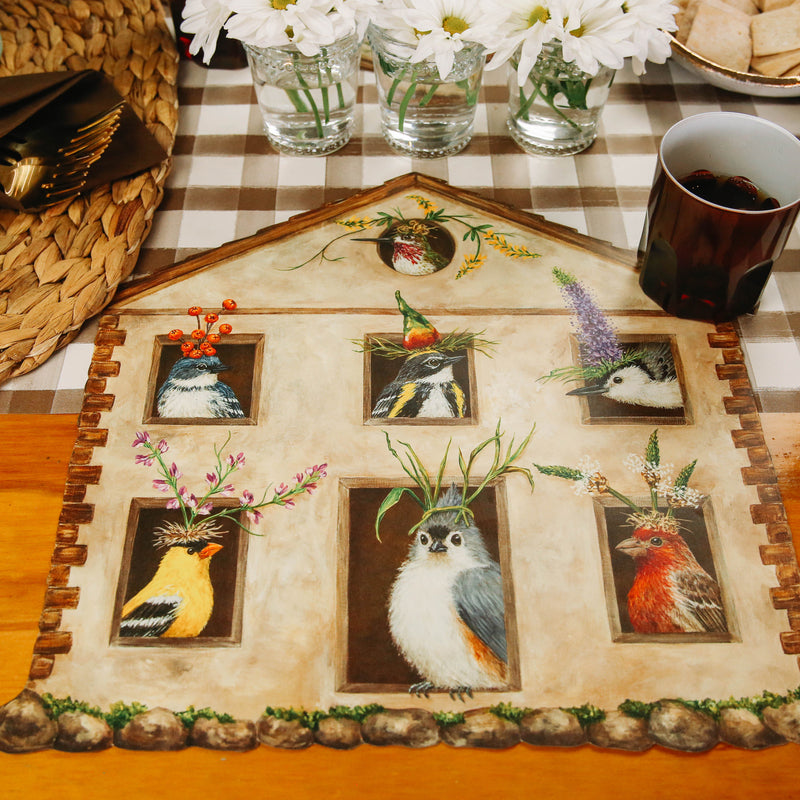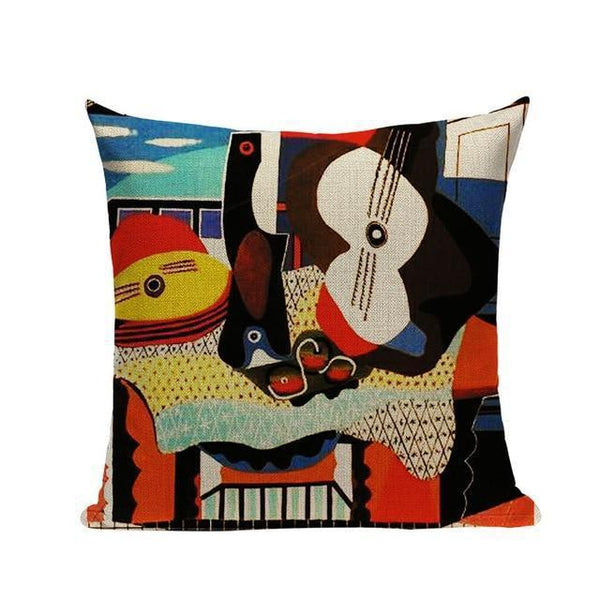The 5-Minute Rule for Unique Art
The 5-Minute Rule for Unique Art
Blog Article
Fascination About Unique Art
Table of ContentsOur Unique Art StatementsThe Single Strategy To Use For Unique ArtThe Facts About Unique Art RevealedSome Ideas on Unique Art You Need To Know
While one may debate which art type holds priority, the truth stays that each of these seven kinds offers an one-of-a-kind window right into human history, culture, and evolution. They are the tapestries that chronicle our trip, reminding us of our past while motivating visions for the future.Terrific art work informs a tale, makes people look two times, and produces an unique experience that can't be matched. Art and illustrations communicate every one of that via color, shape and various other layout elements. Discover just how to make your distinct art work attract attention from the crowd.
3 Emil DervishIn this entryway by Emil Dervish that beautiful cobalt blue door swipes the program. To bring a lot more dramatization, he extended the paint. to the doorframe and the wall up, ending up in a curved shape. The curves, together with a spherical sconce, soften the edges - Unique Art. Frames vintage posters and maps of beloved locations set the scene.
8 TRIA GIOVANEqual components grand and laidback, this entrance hall developed by Anthony Baratta is the excellent plan to adhere to if you're enhancing an official entrance that still feels unfussy and comfy. Formed fabrics take spotlight (see the carpetings and the sofa), but they likewise aid bring the high ceilings to a human scale when hung over wallpaper.
Things about Unique Art
18 Heidi Caillier DesignA gallery wall surface does not need to use up the whole area. As a matter of fact, occasionally a small one can make a bigger style declaration. In this living-room, Hiedi Caillier chose micro-mini frames and a random make-up. Ad - Continue Reading Below19 Stephen Kent JohnsonDesigner Juan Carretero selected a deep eco-friendly paint color to comparison with the light timber finishes.
The elements of this languageits forms, lines, colours, tones, and texturesare utilized in numerous ways to produce experiences of volume, area, activity, and light on a level surface. These elements are combined into meaningful patterns in order to represent actual or superordinary phenomena, to analyze a narrative style, or to create entirely abstract visual partnerships.
Later on the notion of the "fine musician" developed in Asia and Renaissance Europe. Popular painters were managed the social standing of scholars and courtiers; they signed their work, chose its layout and often its subject and imagery, and developed an extra personalif not constantly amicablerelationship with their clients. Throughout the 19th century painters in Western societies began to shed their social position and protected patronage.
The Basic Principles Of Unique Art
Others made a revenue via exploring exhibits of their work. The need to appeal to a marketplace had replaced the comparable (if much less impersonal) demands of patronage, and its result on the art itself was possibly comparable as well. Unique Art. Typically, artists in the 20th century can reach a target market only through commercial galleries and public museums, although their job may have been occasionally recreated in art periodicals
It is the sense of certainty in this formal organization that gives a fantastic paint its self-sufficiency have a peek at these guys and presence. The colours and placement of the primary images in a layout may be often greatly determined by representational and symbolic considerations. Yet it is the official interplay of colours and shapes that alone is qualified of connecting a specific state of mind, generating optical feelings of area, quantity, motion, and light and producing pressures of both harmony and tension, also when a paint's narrative significance is obscure.
Don't replicate the design of other artists if you're searching for your style. Copying other people's artwork can be wonderful in academic functions but it will not make you closer to discovering your very own unique style. Your creative style has to be, what you like and what influences you.

Unique Art - Questions
You need to try lots of different options and check out every little thing prior to you can concentrate on one certain style or you'll be bored, or worse, you'll despise your own design. I suggest you to attempt every solitary topic that you're interested in, discover as much as you can. Attempt various tools that excite you and new techniques you've never ever attempted before.
With time you'll have the ability to sort all of them right into your preferred and least preferred categories. Try view website to focus your interest on the subjects and mediums that you like and prior to you see it coming you'll hop over to these guys have your own personal and unique design, like no person else have! So in the end you'll have a couple of favored based on repaint and perhaps a couple of favored tools.

Report this page